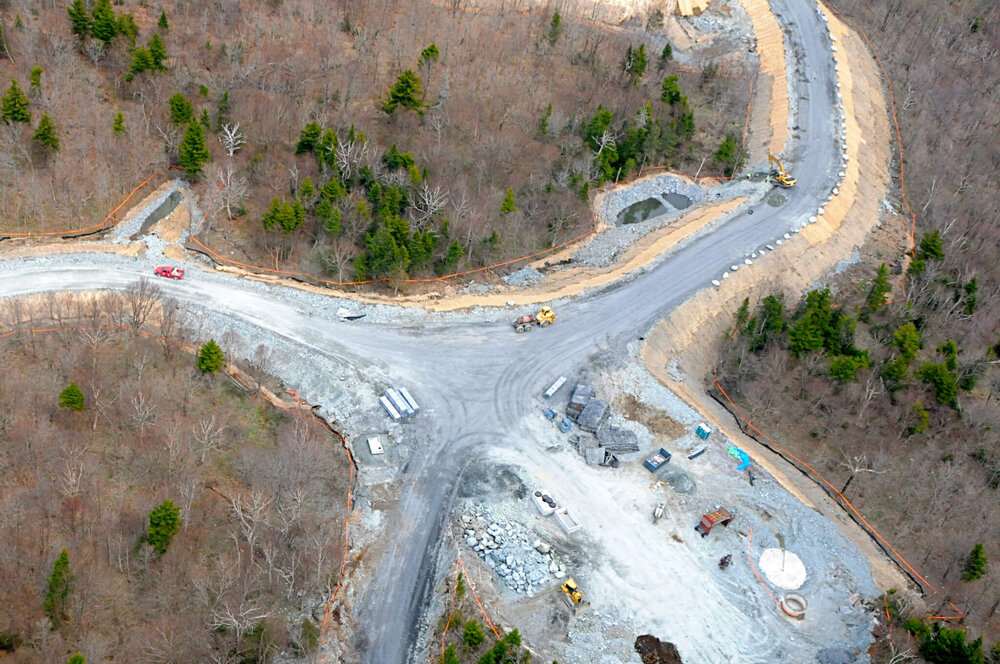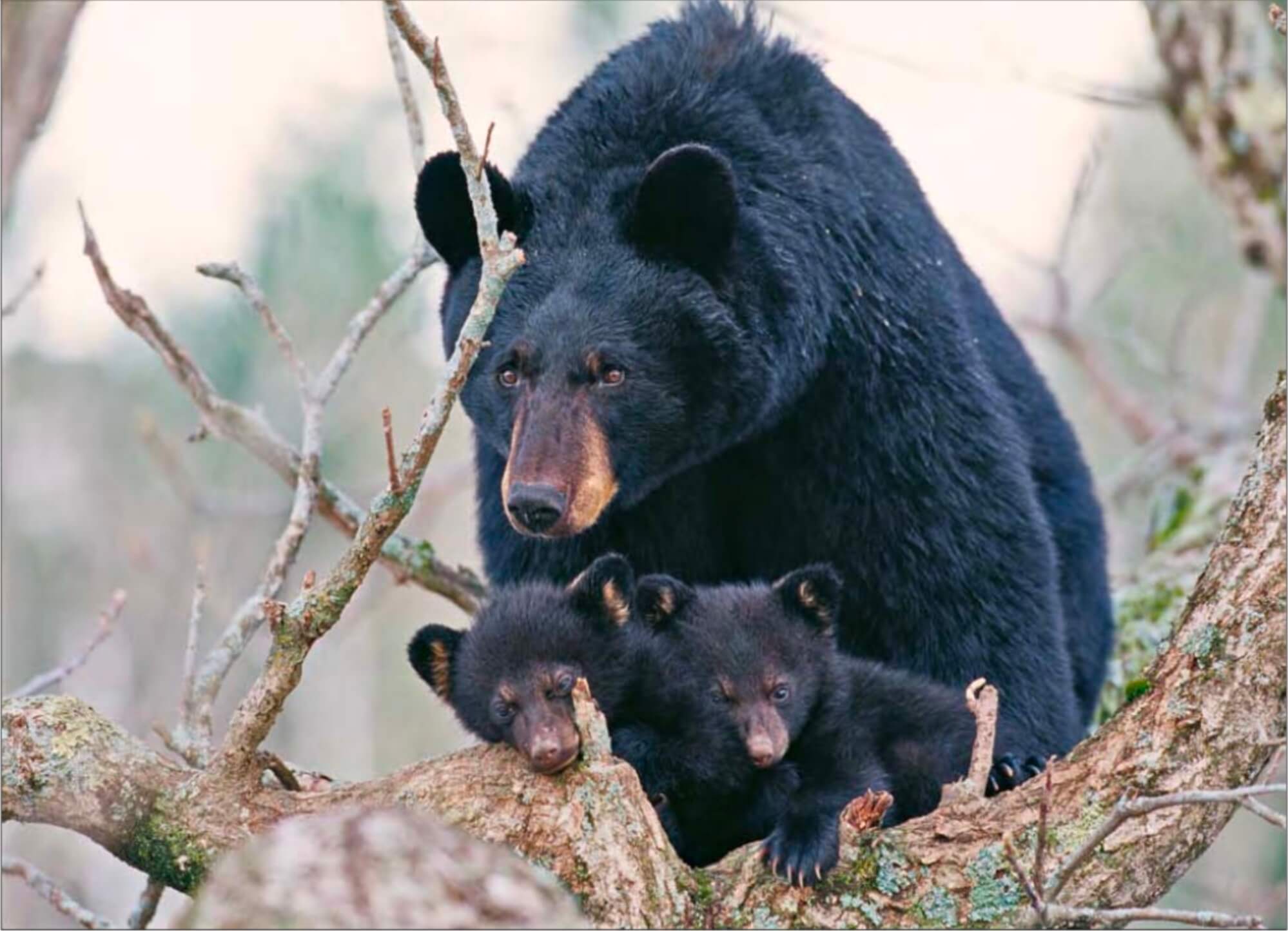Grassroots activist Suzanna Jones challenges the idea that green energy is good and rebukes the corporations and ideologically-captured organizations who promote it.
By Suzanna Jones
The recently released documentary Planet of the Humans takes direct aim at the major threat to the Earth.
It does this by asking fundamental questions: can Nature withstand continued industrial extraction; can humans – particularly those in the dominant West – persist in taxing the natural world to fulfill our own ’needs’ and desires; is ‘green’ energy the savior for our climatic and environmental problems or is it a false prophet distracting us from confronting the gargantuan elephant in the room, what writer Wendell Berry calls “history’s most destructive economy”?

The Hypocrisy of Mainstream “Environmentalism”
Filmmakers Jeff Gibbs, Ozzie Zehner and Michael Moore don’t just ask questions, they highlight the hypocrisies of big shots like Al Gore and the national Sierra Club. Even Vermont comes in for less than flattering commentary. Planet of the Humans depicts Green Mountain Power’s ridge-destroying Lowell Mountain industrial wind projec t, Burlington’s McNeil wood-burning electric generating plant, and Middlebury College’s biomass gasification facility as examples of the renewable energy delusion. And Bill McKibben, Middlebury’s Scholar-in-Residence, is cast as a string that connects all three.
The film has struck a nerve. Those depicted unfavorably have reacted. Some who admit to having enjoyed Michael Moore’s filmmaking strategy in the past don’t find him so funny this time. The criticisms reveal how much power and money lie behind the renewables-as-savior myth. With so much at stake, the industry and big environmental organizations have little appetite for discussing or even acknowledging the unsavory side of the technologies. And ultimately, the core issues remain unaddressed; the most important things remain unspoken.
Sustaining the Planet vs. Sustaining Industrial Civilization
Frankly, the green energy ‘movement’ is really about sustaining our way of life and the economic system that it depends upon, not the health of the biosphere. Capitalism is brilliant at co-opting anything that resists it. Green energy – like much of the broader environmental movement – is no exception. It’s business-as-usual in camouflage.
Back when Green Mountain Power’s bulldozing and blasting began at Lowell Mountain, a group of locals organized ‘open-house’ walks up the mountain to view the devastation. Hundreds attended these fall/winter treks. Shock and heartbreak were the usual response. Bill McKibben was personally invited to attend. Though his response was polite, he would not be coming. He dismissed our concern for the mountain as “ephemeral.”

Ephemeral?
That word underscores what has gone so terribly wrong with green energy “environmentalism.” Something is absent. That something? Love. Love of the places and living beings that are suffering or being destroyed so that we can live our electronic, nature-less existence. Affection for the natural, non- human world is missing in the discussions about climate, carbon and techno-fixes. Nothing seems to matter now but humans and their desires.
“Although it’s morally wrong to destroy the land community, people are going to sustain it, not because it’s morally right but because they want to; affection is going to be the determining motive”, Wendell Berry has explained in the past. “Economic constraints might cancel out affection, but genuine affection is going to be the motivating cause.”
The Moral Basis of Organizing for Justice
Without affection, we’re more likely to thoughtlessly sacrifice living beings on the altar of economics. When the film reveals who is paying the ultimate price for our ‘green’ energy consumption, we recognize affection for the casualty it has become. We are half-asleep, anesthetized by the barrage of meaningless marketing, with its hollow premise that we can continue to consume our way to happiness.
As I was planting in the garden this warm, spring day, the returning swallows joyfully zipping overhead made me stop. Usually this ritual is accompanied by the background droning of distant car traffic, but due to the pandemic, the infernal engines were silent. It made me wonder. Can we live in healthy reciprocity with the natural world? Can we make the shared economic sacrifices that are necessary or will we continue to sacrifice Nature? Can we make drastic reductions in consumption and live more local, less materially prosperous, more fulfilling lives? Can we replace modernity’s painful alienation from Nature with a genuine sense of intimacy, affection, meaning and responsibility? Will those in power let us? Will we allow them to decide for us?

Our way of life is inherently unsustainable. We can’t buy or build our way out of this one. Yes, the climate crisis is both undeniable and existential, but it is not the only way the Earth is being destroyed. Simply changing the fuel that powers our destructive, planet-killing system is not a solution.
Planet of the Humans challenges our assumptions and our arrogance. It asks us to face what we have done, experience the grief, and then allow our hearts to consider an entirely new path into the future.
Suzanna Jones lives off grid on a small farm in Northern Vermont. She has been fighting injustice, destruction of the land, and industrial wind projects for decades and has been arrested several times. Wildlife images by Roger Irwin depict native wildlife near the site of a proposed wind energy facility on Seneca Mountain. That project was canceled due to community organizing in opposition. Aerial photographs by Steve Wright depict Lowell Wind Energy Facility. Check out this photo essay on the impact of “green” energy on mountain landscapes. To repost this, or any other original DGR content, please contact newsservice@deepgreenresistance.org
